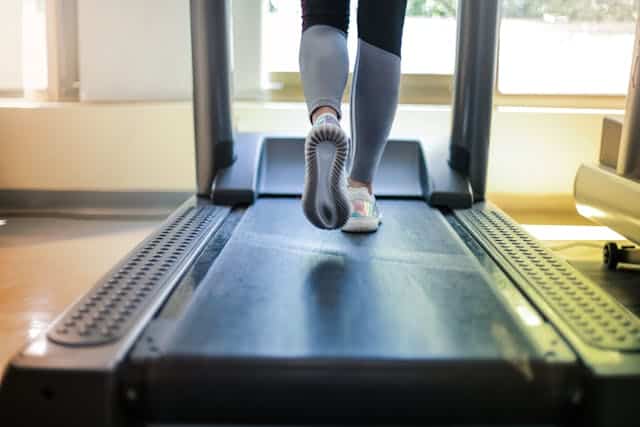
JAMA: Moderate to Vigorous Physical Activity and Sedentary Time and Cardiometabolic Risk Factors in Children and Adolescents
February 15, 2012
Finance & Commerce: Cancer fears may alter the sedentary job
March 12, 2012Published ahead-of-print this week in Diabetes Care:
OBJECTIVE Observational studies show breaking up prolonged sitting has beneficial associations with cardiometabolic risk markers, but intervention studies are required to investigate causality. We examined the acute effects on postprandial glucose and insulin levels of uninterrupted sitting compared with sitting interrupted by brief bouts of light- or moderate-intensity walking.
RESEARCH DESIGN AND METHODS Overweight/obese adults (n = 19), aged 45–65 years, were recruited for a randomized three-period, three-treatment acute crossover trial: 1) uninterrupted sitting; 2) seated with 2-min bouts of light-intensity walking every 20 min; and 3) seated with 2-min bouts of moderate-intensity walking every 20 min. A standardized test drink was provided after an initial 2-h period of uninterrupted sitting. The positive incremental area under curves (iAUC) for glucose and insulin (mean [95% CI]) for the 5 h after the test drink (75 g glucose, 50 g fat) were calculated for the respective treatments.
RESULTS The glucose iAUC (mmol/L) ⋅ h after both activity-break conditions was reduced (light: 5.2 [4.1–6.6]; moderate: 4.9 [3.8–6.1]; both P < 0.01) compared with uninterrupted sitting (6.9 [5.5–8.7]). Insulin iAUC (pmol/L) ⋅ h was also reduced with both activity-break conditions (light: 633.6 [552.4–727.1]; moderate: 637.6 [555.5–731.9], P < 0.0001) compared with uninterrupted sitting (828.6 [722.0–950.9]).
CONCLUSIONS Interrupting sitting time with short bouts of light- or moderate-intensity walking lowers postprandial glucose and insulin levels in overweight/obese adults. This may improve glucose metabolism and potentially be an important public health and clinical intervention strategy for reducing cardiovascular risk.
The full article can be found on the Diabetes Care website. For more sedentary behaviour studies, be sure to visit the SBRN research database.




